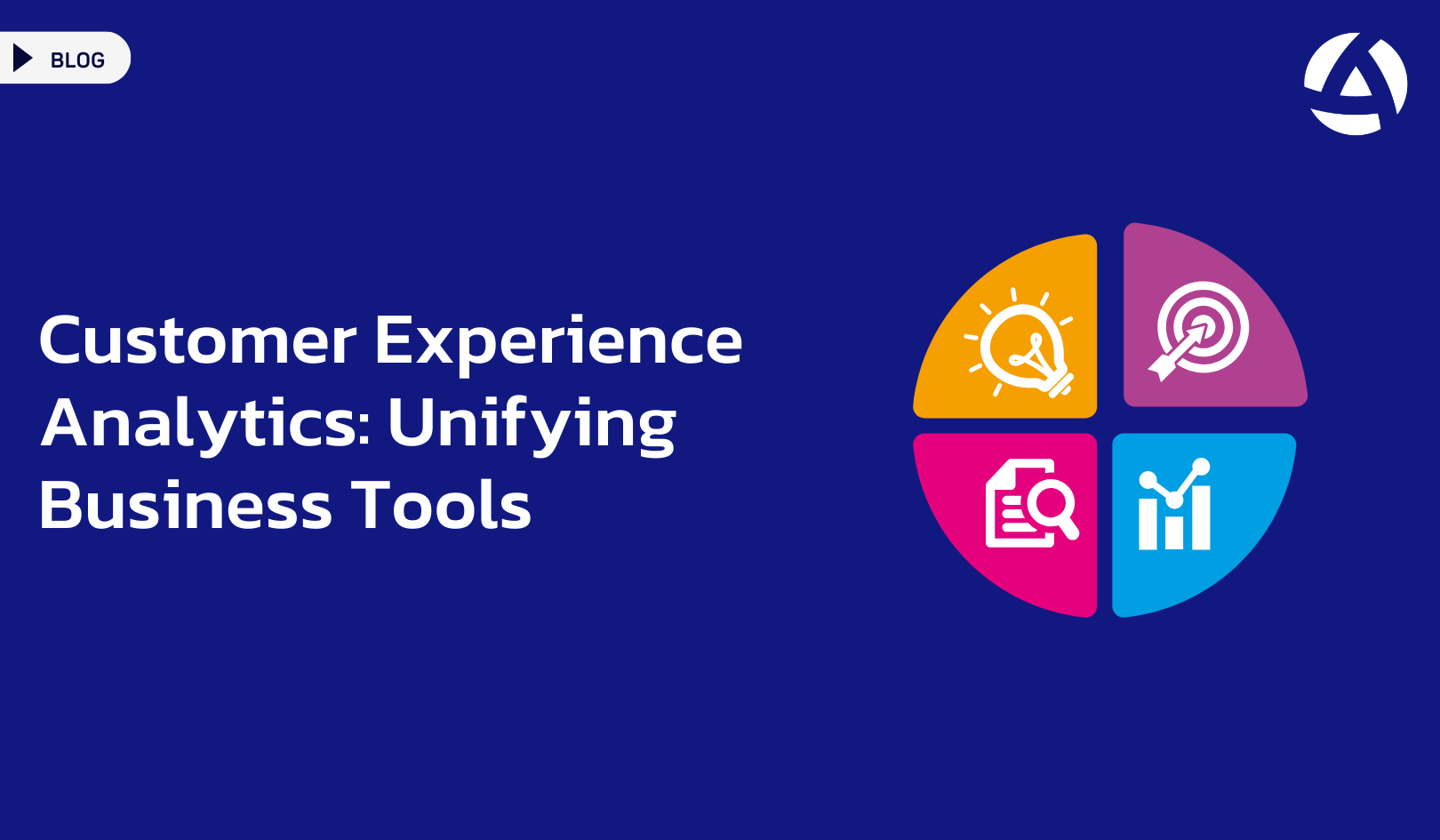In the rapidly evolving landscape of customer experience management, the ability to seamlessly integrate Customer Experience Analytics with other tools is increasingly vital. By connecting these analytics with various platforms and software, businesses can gain more comprehensive insights, streamline operations, and enhance overall customer satisfaction.
The Power of Integration
Integrating Customer Experience Analytics with other tools provides a holistic view of customer interactions across multiple channels. When CX data is combined with information from CRM systems, marketing automation platforms, and social media monitoring tools, it creates a unified data source that offers deeper insights into customer behavior.
- Comprehensive Data View: Integration allows for a more complete understanding of the customer journey, ensuring that no interaction is overlooked.
- Streamlined Processes: By connecting various tools, businesses can automate data flows, reducing manual input and the potential for errors.
- Enhanced Decision-Making: With all relevant data in one place, decision-makers can access real-time insights, leading to more informed and timely actions.
Key Tools for Integration
When integrating Customer Experience Analytics, certain tools stand out as essential for maximizing the value of the analytics:
- CRM Systems: Connecting CX Analytics with CRM systems enables businesses to link customer feedback directly with individual profiles, offering a more personalized approach to customer interactions.
- Marketing Automation Platforms: Integration with marketing tools allows for the alignment of marketing campaigns with customer sentiment, leading to more effective targeting and engagement.
- Social Media Monitoring: By integrating social media tools, businesses can track real-time sentiment and address issues promptly, further enhancing the customer experience.
Benefits of a Unified Ecosystem
Creating a unified ecosystem where Customer Experience Analytics is seamlessly integrated with other business tools leads to significant operational advantages:
- Increased Efficiency: A well-integrated system reduces the need for multiple logins and platforms, streamlining workflow and saving time.
- Better Customer Insights: Integration ensures that all customer data is accessible and analyzable in one location, providing a clearer picture of customer needs and preferences.
- Scalability: As your business grows, an integrated CX platform can easily scale, incorporating additional tools and data sources without disruption.
Overcoming Integration Challenges
While the benefits of integrating Customer Experience Analytics are clear, businesses may face certain challenges during the process:
- Data Silos: Breaking down data silos is often necessary to enable seamless integration. This involves ensuring that data from different sources is compatible and accessible.
- Technical Complexity: Integration may require technical expertise, particularly when dealing with legacy systems or proprietary software.
- Change Management: Implementing new integrations can affect workflows, so it’s important to manage change effectively and ensure that teams are adequately trained.
The Future of CX Tool Integration
As the CX landscape continues to evolve, the integration of Customer Experience Analytics with other tools will only become more important. The trend is moving towards creating interconnected systems where data flows freely between platforms, enabling businesses to be more agile and responsive to customer needs.
With the right integrations in place, businesses can unlock the full potential of their CX strategy, driving customer satisfaction, loyalty, and long-term success.




